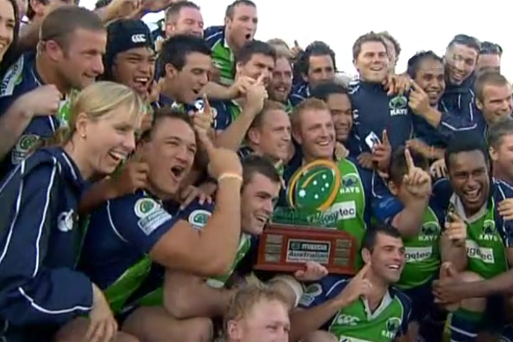Will any stand-alone club from NSW or Queensland be successful in their bid?
First you have to look at the criteria.
“Successful teams will be selected based on a number of criteria including: financial performance; professional team staffing structure and environment; commitment to player development; venue facilities; links to Super Rugby clubs; and current or potential fan base”.
Given the demands of the criteria and the lack of sufficient notice from the ARU, it is unlikely that any individual club has had time to recruit backers and present a business plan that the Commission will feel comfortable with.
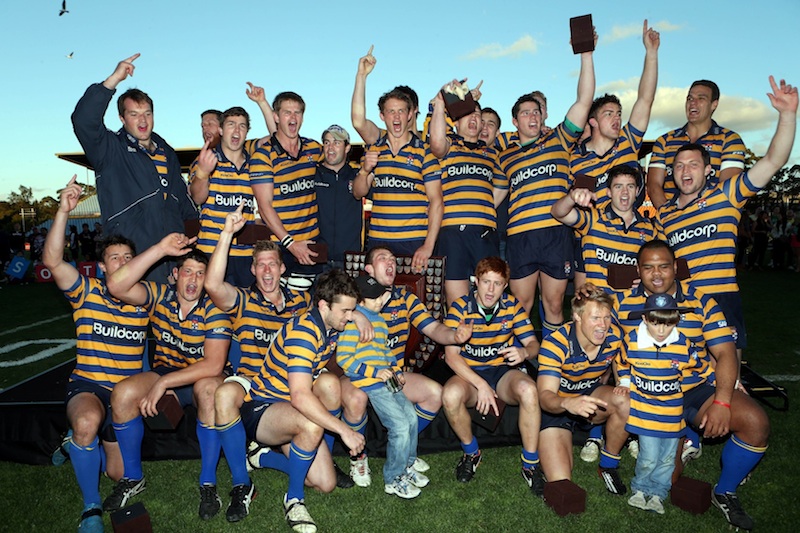
The exception is Sydney University which already ticks all the boxes except for the criteria elephant in the room: its venue. The ground suffers from the usual disadvantages of a cricket oval used for playing rugby: distance of the field from the main stand, and the effect of wet weather on the pitch square.
Perhaps the Commission will let the venue issue slide for one year, because they are developing Sydney University Oval No. 2 for 2015.
The club is ready to go according to SUFC President David Mortimer AO:
SUFC have been at the forefront of Club rugby in Australia for well over a decade and we plan to remain a market leader by expressing a very strong interest to be a participating team in the National Rugby Championship in 2014.
Sydney University, the oldest rugby club in Australia, has more detractors than supporters because they dominate the Sydney competition for the very reason that they satisfy all but one of the criteria so well, as Hugh Cavill has indicated in his excellent Green and Gold article The Trouble With Sydney University
I follow another team and have no great love of the domination of Sydney Uni, but they supply more Wallabies than any other club in Australia and probably more professional rugby players than any fourth-tier club in the world. In 2007 it produced about 35 players for the ARC.
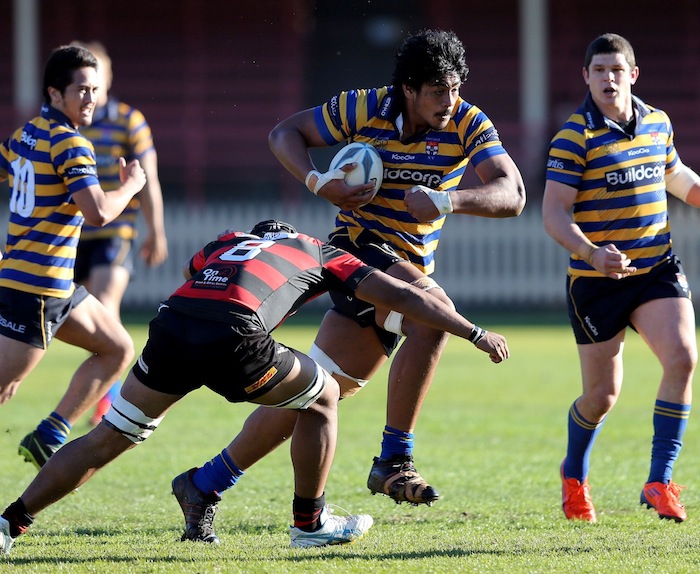
This is a club that was relegated for one season to second division thirty years ago and was still a basket case ten years later. Yet they have won the Shute Shield final seven out of the last eight times and lost the final the year they didn’t win by just three points.
They must be doing something right.
Having Sydney University participate will reduce the ARU worry count by one. If Australian rugby does not use this unique resource and allow it to stand alone, available players intact if they want to be, it would be mad—barking mad.
Who else is interested?
Just about everybody.
According to the ARU on 17th January:
41 Expressions of Interest have been received from a range of individuals, businesses, existing clubs and syndicates wanting to be included in the inaugural season of the competition.
That is a good number even if a club has ticked boxes for both individual participation and for being involved in a syndicate, and it counts as two.
The 41 included applications by NSW Country and Queensland Country.
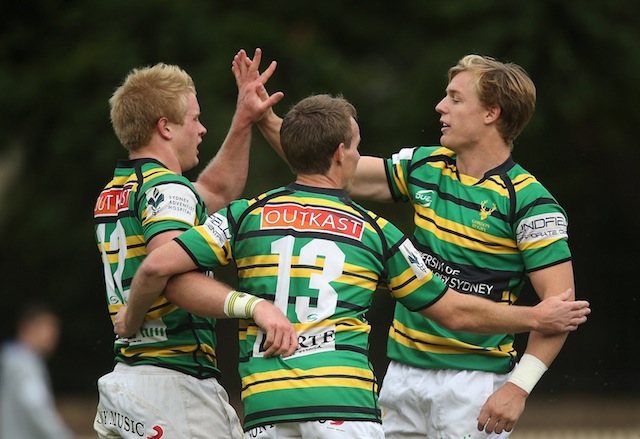
But interest in the NRC was known early. Manly, Northern Suburbs, Gordon and Warringah were already discussing the formation of a northern NRC side in Sydney soon after the announcement by the ARU.
According to Manly president David Begg:
That is what we want to do – we feel there is strength in numbers and we feel there has to be a buy-in from all the north shore clubs. It makes abundant sense and is very exciting.
Law changes
Pulver has said the said that the NRC would introduce “innovative new rules”. This has not gone down well with some rugby people who say that inexperienced players should be placed in an environment where traditional skills are developed.
There should be nothing in NRC law variations that enable players to duck physical contests or to avoid the technical requirements they will need in future rugby.
But some changes could be tried out; there are many examples:
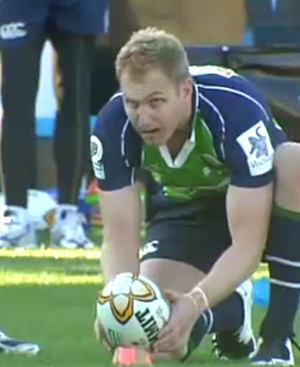
“No numbers” in the lineout was tried as an ELV in the 2007 ARC and it worked well, but it was not carried forward as a law. People explained to me why it was no good but I never saw a bad consequence from it watching an ARC game and I saw a lot of them. It’s just another reason to stop a game in my opinion.
Time taken to kick at goal should be shortened to 45 seconds and the kicker should be ready to kick even if there has been a time-out to change players and he has to wait for time-on before he can kick at goal. In this case he will have to approach the ball immediately. If he is substituted himself there should be a drill in place for another player to be ready to kick.
People will say it’s impossible, but if people flew to the moon 45 years ago, they can be ready to kick at goal in 45 seconds today. Water boys run on quickly enough to give messages from the coach, so they should be able to get anywhere on the park in 20 seconds to provide the kicking tee—and they should be permitted to hold the ball steady, if required, to ensure that 45 seconds is achievable in windy conditions .
I hope they don’t tinker with the scoring and reduce the value of penalty goals because that law trial will stop more tries than it produces. Players defending their goal-line will obey what their coach tells them to do and give up two to save seven. If referees were less wimpy about dishing out yellow cards, it could work but they are not.
Evolution of the NRC
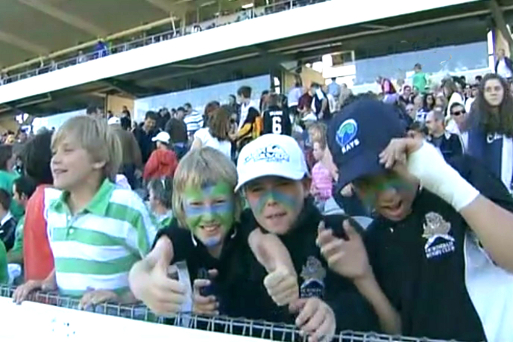
When I was at the Grand Final of the ARC in Gosford in 2007, I heard the MC of the award ceremony, Steve Robilliard, congratulate the Melbourne Rebels and the Central Coast Rays for the “wonderful first Grand Final”, thank the crowd, and invite them back in 2008.
But there wasn’t any competition to watch in 2008 because the financial resources were not there.
In this second attempt at a third-tier competition, NRC teams that are not as strongly resourced as they and the Commission thought they were, should not be subsidised. At the end of the season the Commission should withdraw their licence (subject to provisions in the licence agreement) and invite tenders from other parties interested in covering the same geographical area.
And it is imperative that the stronger resourced syndicate NRC teams be allowed to evolve into rugby fortresses as Sydney University is. Australian rugby doesn’t have enough of them.
Their feeder teams should keep themselves fiercely independent for club rugby, but work like the Borg Collective to supply promising players for their NRC team.
Third tier Australian rugby teams should be allowed to rise up, not be kept down.
See New Aussie Competitions: Part I — Junior Gold Cup
See New Aussie Competitions: Part II — National Under 20 Competition.
We are a fan run website, we appreciate your support.
💬 Have you got a news article suggestion? Submit a story and have your say
👀 Follow us on Facebook, Instagram and X.com
🎵 Listen to our Podcasts on Spotify and iTunes
🎥 Watch our Podcasts on YouTube

